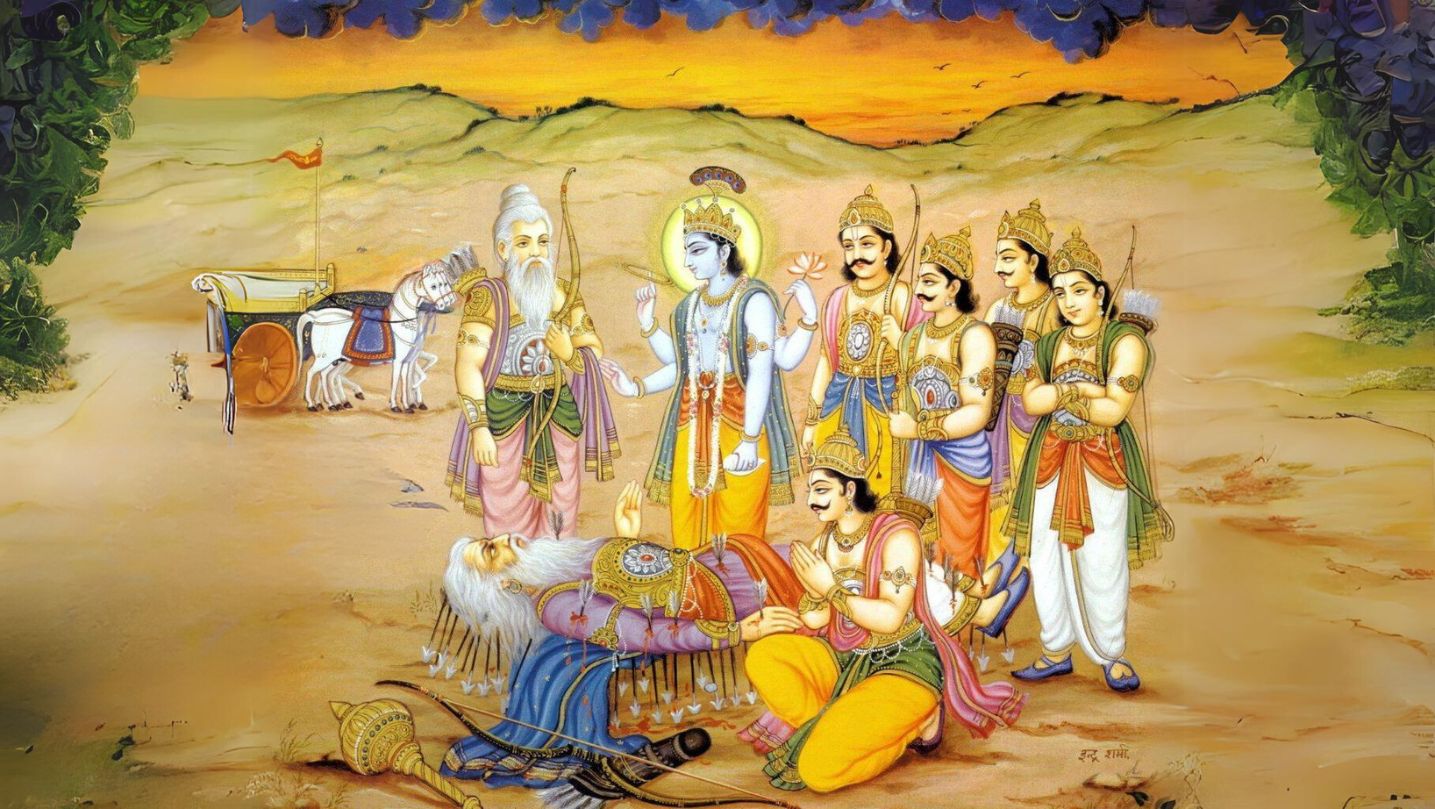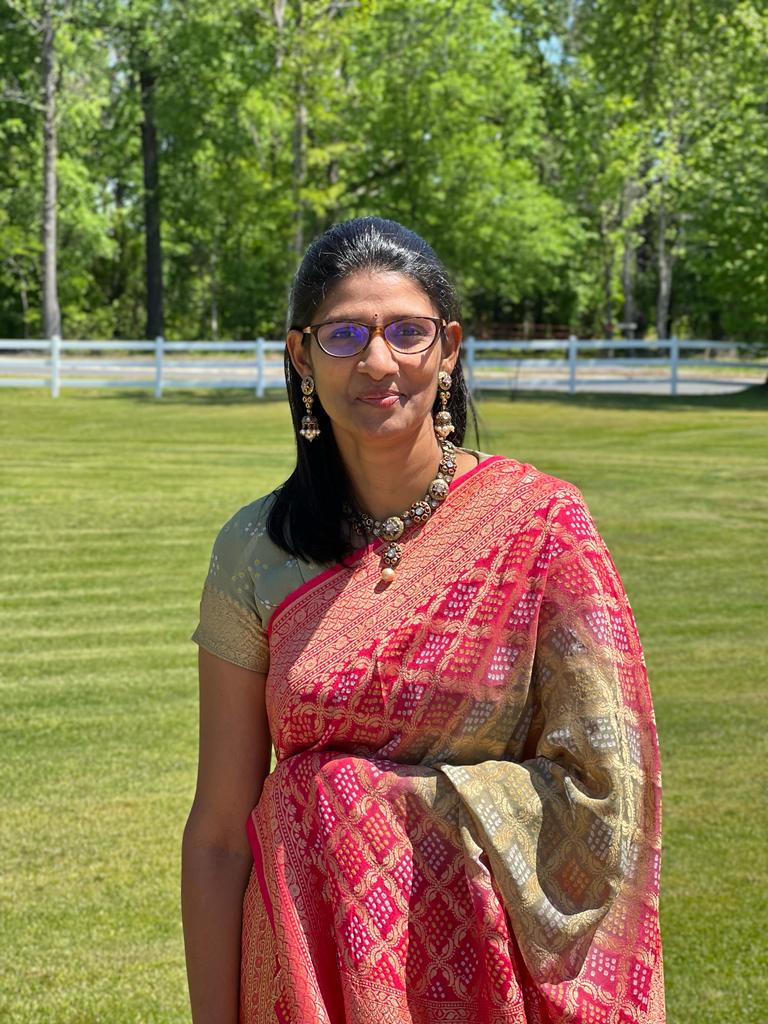
Everything is cyclical in nature. For a human or any living being, it is the cycle of birth, death and rebirth. Similarly, the sun and the moon follow their unique cycles in this universe. A solar cycle lasts approximately eleven years. A solar cycle is a cyclical pattern that the sun follows, in which the sunspots grow and disappear only to re-grow again. The moon follows its lunar cycle of waxing and waning. Our ancestors understood the cyclical nature of the whole universe. They also understood that these cyclical changes affect the earth in a certain way. Since human beings are a part of the earth, they realised that the cyclical changes concerning the planets and stars also affect human beings in a certain cyclical way.
The moon waxes and wanes, causing pournami and no moon days. The force and feel of the moon are very different on a Full moon day compared to other moon phases. The tides rise higher on Pournami night because of a powerful magnetic pull that affects the water. Similarly, in the human body, there is generally an upsurge of the pranic energies on Pournami day. If the human beings are aware, they will feel this upsurge of energy. Hence, our ancestors asked us to meditate or perform poojas on Pournami day. Just like the moon, the earth's position with respect to the Sun causes certain energies in a human being.
WHAT IS UTTARAYAN
Every year, the sun moves towards the northern hemisphere for six months. The other six months, it travels towards the southern hemisphere. This Sun's movement in the northward direction is called Uttarayan in Bharat. This word comes from two Sanskrit words, Uttar meaning north and Ayana meaning movement. (Please note: The earth moves around the sun in an elliptical path. Here, "movement of the sun", means the direction of the sun as seen from the Earth).
The migration (movement) of the sun from one Zodiac (Rasi) to another is called Sankranti. There are twelve Sankranti in a year. The Makara Sankranthi (also called Pongal, Bihu, or Kicheri in other parts of the country) is when the sun transitions from the Zodiac of Sagittarius into Capricorn (Makaram).
The sun is the atma or the soul of the universe. The Makara Rasi is considered the physical body of the universe. The sun entering the Makara Rasi is significant as it is considered the union between the atma and the body. The Rig veda says, “ Surya atma jagatas Tasthushascha”. It means that the sun is the provider of energy and invigorates all the life on the planet. Hence, the period of Uttarayan is of immense significance to start or progress in the spiritual path.
One Human year is considered to be one day of God. The six months of Uttarayanam are the daytime for the Gods, and the six months of Dakshinayana are the nighttime for the Gods. Uttarayanam (6 months) is considered a very auspicious period in Bharat. The sun gives out its maximum light during these months.

THE 6 MONTHS OF UTTARAYANA
| TAMIL MONTH | RASI (SOLAR MONTH) | GREGORIAN MONTH | ZODIAC |
| THAI | MAKARAM | MID JAN - MIN FEB | CAPRICON |
| MASI | KUMBHAM | MID FEB - MID MARCH | AQUARIUS |
| PANGUNI | MEENAM | MID MARCH - MID APRIL | PISCES |
| CHITIRAI | MESHAM | MID APRIL - MID MAY | ARIES |
| VAIKASI | VRISHABHAM | MID MAY - MID JUNE | TAURUS |
| AANI | MITHUNAM | MID JUNE - MID JULY | GEMINI |
The six months of the sun’s transit from the Zodiac of Capricorn (Makaram Rasi) up to the zodiac of Gemini (Mithuna Rasi) is the Uttarayana period. When the Sun moves from the Zodiac of Gemini (Mithuna Rasi) to the Zodiac of Cancer (Karka Rasi), it (marks the end of the Uttarayan period) indicates the beginning of Dakshinayan period.
UTTARAYANAM IN OUR SCRIPTURES
The Skanda Purana, Section 2 (of Vaisnava Khanda - Book 2) — Purusottama - Kshetra mahatmya clearly explains and addresses the devotee about Uttarayana. Chapter 42 ( verse 1) says:
jaiminiruvāca |
mṛgarāśiṃ saṃkramati yadā bhāsvāndvijottamāḥ |
uttarāśāṃ jigamiṣustadā syāduttarāyaṇam
It means: Jaimini said, Desirous of going North, when the sun enters the zodiac of Capricorn, it is the period of Uttarayana ( Northern Transit).
Srimad Bhagavad Gita mentions the auspiciousness of Uttarayana in Chapter 8 - Taraka Brahma yoga.
The Verse 8.24 says :
agnir jyotir ahaḥ śuklaḥ ṣaṇ-māsā uttarāyaṇam
tatra prayātā gacchanti brahma brahma-vido janāḥ
Meaning: Those who know the supreme brahman and depart from this world during the influence of the presiding deities of fire and light, at an auspicious moment of the day, during the fortnight of the waxing of the moon, or during the six months of the sun’s northern course, attain the realm of the Supreme.

In one of the greatest Itihasa of Bharat, The Mahabharata, the significance of Uttarayana can be found. Bhisma is one of the prominent characters of Mahabharata. He is the grandfather of the Pandavas and Kauravas. He is fondly called Bhisma Pitamaha. He took the vow of lifelong celibacy and service to the throne of his father ( The throne of Hastinapur).
Bhisma was bestowed the boon of “Ichha Mrityu”, meaning the control over his death - he could choose the time of his death. In the great battle of Kurukshetra, Bhisma reluctantly fought for the Kauravas (as he was duty-bound to serve the ruler of Hastinapur).
Bhisma and Arjuna were locked in the battle. On the 10th day, Arjuna ( accompanied by Shikhandi) shot arrows at Bhisma that pierced his entire body. Finally, Bhisma fell. As he fell, his whole body was above the ground, and the arrows that pierced him protruded on the backside as well. Bhisma lay in the bed of arrows till the end of the battle and the end of the Dakshinayana period. Bhisma waited for 58 nights for the auspicious time of Uttarayana to give up his body on the bed of arrows.
Many spiritually advanced saints and sages have shed their spiritual bodies in the auspicious period of Uttarayan. Gauthama Buddha is one such saint. The people on the spiritual path are highly aware of the influence of the planets on the human body and mind. They perform their sadhana accordingly. During the period of Uttarayan, the influence of the sun is prominent. The aspect of soul / spiritual consciousness is naturally enhanced. The human body is particularly receptive to grace during this period. Hence, Uttarayana is also called the samadhi padha - a period for self-realisation.
 Vaishnavi Gurusankar is a passionate educator, a wife and a mother. She has over a decade of experience as an educator and has been closely working with teachers and children of all ages. She is also an active parenting blogger and founder of Magical Unicorn, an exclusive parenting blog founded on Indian ethos, values and stories at its core. She has also authored the book "Bharatyam : Science behind Hindu Practices & Way of Life"
Vaishnavi Gurusankar is a passionate educator, a wife and a mother. She has over a decade of experience as an educator and has been closely working with teachers and children of all ages. She is also an active parenting blogger and founder of Magical Unicorn, an exclusive parenting blog founded on Indian ethos, values and stories at its core. She has also authored the book "Bharatyam : Science behind Hindu Practices & Way of Life"
NEXT ARTICLE

At the southernmost tip of this mesmerising ensemble lies the majestic Great Nicobar Island, boasting an impressive landmass of about 910 square kilom...

Bharath has always been a land traversed by spiritual masters/ Guru since time immemorial. These spiritual masters have always upheld the core princip...

South India contains its fair share of unique pilgrimage centres. These divine places of worship have a prominent Sthala Purana, devoted followers, di...